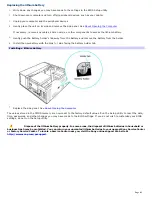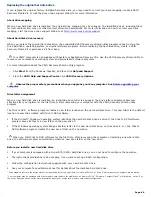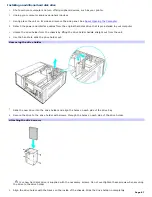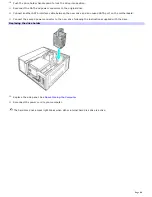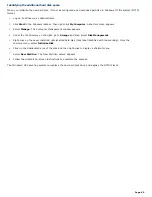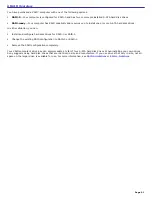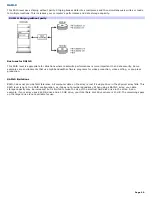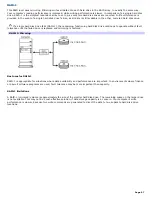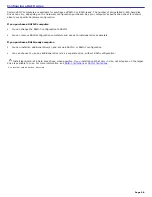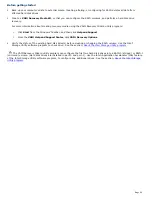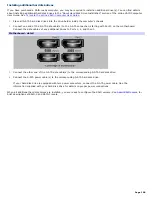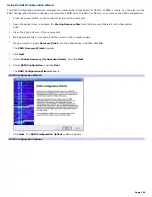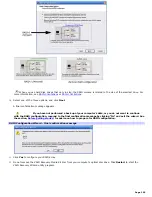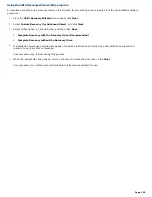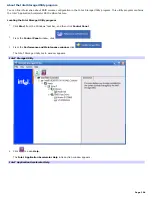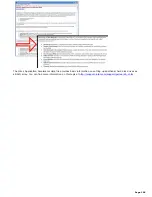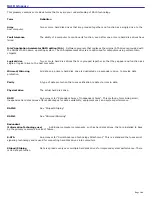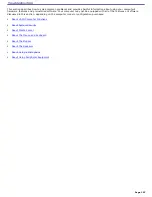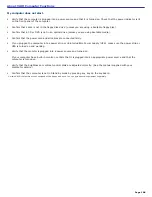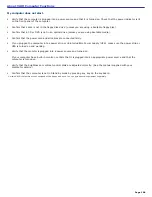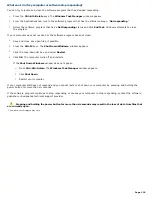
RAID-1
This RAID level uses mirroring. Mirroring writes all data onto each hard drive in the RAID array, in exactly the same way.
Your computer's reading performance is improved, while writing performance is slower, in comparison to a single hard disk
drive. RAID-1 is the simplest redundant array to set up, as only two hard disk drives are required. Full fault tolerance is
provided in the event of a single hard disk drive failure, as all data is still available in the other, mirrored hard disk drive.
If a single hard disk drive fails (RAID-1), the remaining, functioning hard disk drive continues to operate without fault
tolerance until the failed drive is replaced and mirroring is restored.
RAID- 1: Mirroring
Best uses for RAID-1
RAID-1 is appropriate for situations where data availability and performance are important. In environments where finance
or payroll software programs are used, fault tolerance may be more important than capacity.
RAID-1 limitations
A RAID-1 (mirrored) volume is approximately the size of the smaller hard disk drive. The remaining space on the larger drive
is not available. This may not be a cost-effective solution, if data storage capacity is a concern. Your computer's write
performance is slower, because two write commands are generated to direct the data to two separate hard disk drive
locations.
Page 97
Summary of Contents for Vaio VGCRA830
Page 11: ...Page 11 ...

